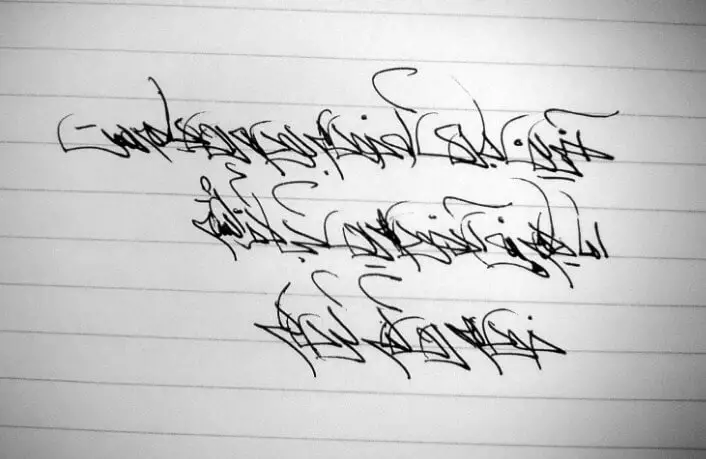
Failing that, you might select two fonts, or two lists of fonts, carefully selected, so that you list them both or all and browsers will use them in a natural way: using, for each character, the first font in the list that contains it. You should select a font that is suitable for both English and Farsi, or better still a list of such fonts (since no font is available on all computers), or a downloadable font of that kind. In this work using some font size independent features such as the number, aspect ratio, and mesh features of sub words, a Farsi keyword is described. By typographic principles, the same font should be used for copy text if possible.

However, it seems that you are trying to create a problem rather than solve one. I won’t go into details, since this approach has too limited browser support to be practically useful yet. More importantly, it will be hard to find such fonts.ģ) Use CSS code that selects font family by Unicode range. Punctuation characters would still be a problem. For example, if you set * and foo contains Latin letters but no Arabic characters, foo will be used for English and bar for Farsi. Depending on content generation system, it might or might not be automated.Ģ) Select the fonts so that the primary font does not contain glyphs for characters in the other language.


Of course, you would use this for the language with smaller frequency. This could be a class attribute or (more logically, but with slightly more limited browser support) a lang attribute. If you really want to use two different fonts for two different languages, your options are:ġ) Use some markup that distinguishes between the languages.


 0 kommentar(er)
0 kommentar(er)
